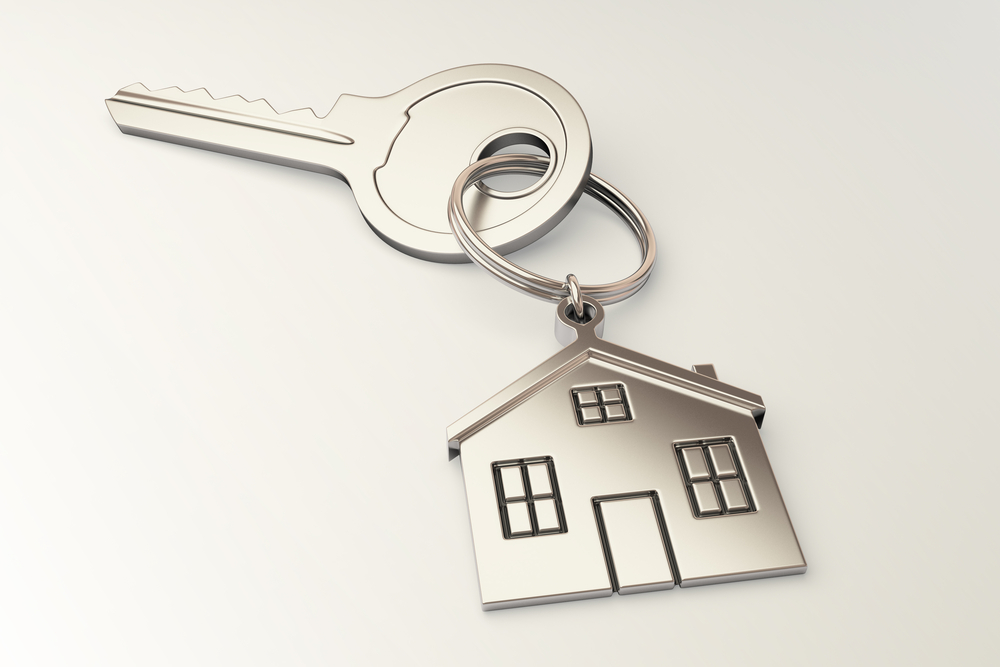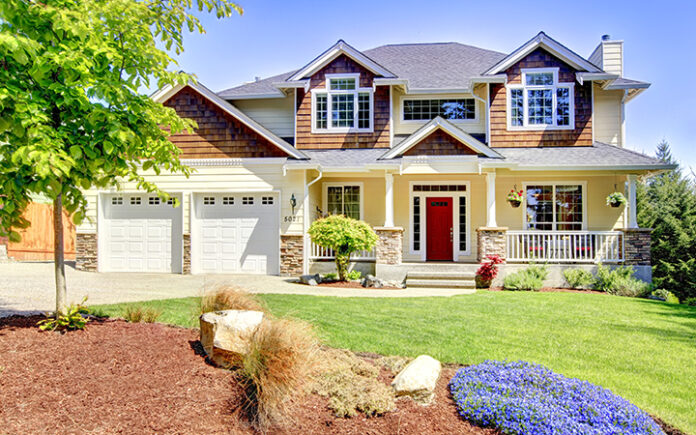As a homeowner, you probably found out early that your house is a constant work in progress. You might finish a project like installing a new roof or refurbishing a bathroom, and then a problem blindsides you that you must fix. That’s one downside of being a homeowner: no landlord or super can deal with issues when they arise.
Still, most people feel like owning your home is worth it if you can get to the point where you can afford one. At least you don’t need to worry about dealing with noisy individuals in the apartment above or below you. You can also continue modifying your home the longer you live there so that it keeps getting better.
Let’s look at three ways you can add to your home so you’ll enjoy it more, and it will also be worth more when you’re ready to sell it.
You Can Get a Backup Generator
You might live in a part of the country where winter storms happen frequently. Maybe you also have to deal with hurricanes at certain times of the year or even tornadoes.
Getting a backup generator makes a lot of sense if this is your situation. If the lights ever go out in your home, you can use the generator until the electric company can restore your neighborhood’s power.
If you are going to get a backup generator, though, make sure you read up on how to use it. A malfunctioning generator can create carbon monoxide, and that’s lethal to humans, as well as being odorless and tasteless. A generator producing carbon monoxide kills about 50 people every year.
You Can Get a Shed
You also might decide that you want to get yourself a shed at some point. You can put it in your backyard, and you can keep some of your yard maintenance and gardening supplies there.
You might keep a lawnmower in there. That can save you from having to lug it up the basement stairs or through a bulkhead door when it’s lawnmowing season. You might keep a rake in there for your leaves, hedge trimmers for your bushes, a hoe and shovel for weeding and planting, and so forth.
If you do get a shed, though, keep in mind that you usually have to notify the city or township in which you live. They can send someone out to look at it, and you might need them to grant you a variance.
Some larger, heavier sheds will require you to get a contractor to pour a foundation, or you can do it yourself if you know how. You might also be able to get away with just putting the shed on top of some paving stones if it’s a smaller, lightweight one.

You Can Get a Plumber to Install a Sump Pump
You may decide to get a plumber to install a sump pump for you at some point. If you’re a homeowner who keeps having water flood your basement when it rains heavily, you might want to strongly consider this sooner rather than later.
If you have a poured concrete foundation, you might need a plumber or general contractor to jackhammer a hole in your foundation before you can install the sump pump. Every home is a little different, though, and this is one project where you most definitely need to bring in the experts. No amount of YouTube videos are likely to give you the expertise you need.
You can run the sump pump through a waste line out into the backyard in some instances. You can direct the wastewater into a rain barrel. You can get a pretty basic rain barrel, or you can also buy larger and more decorative ones depending on how frequently it storms where you live.
You can then use the rain barrel to water your flowers or your lawn. This way, you are putting that excess rainwater to use. Just make sure that you don’t direct the sump pump runoff anywhere at random, or you might cause a sinkhole in your backyard or flood your neighbor’s property.
The longer you’re in your home, and the longer you own it, the more modifications and additions you will probably undertake. You just have to consider each change you make from a monetary standpoint.
If you make changes for aesthetic purposes alone, that’s fine, but remember that you might not make that money back when you decide to sell.


















